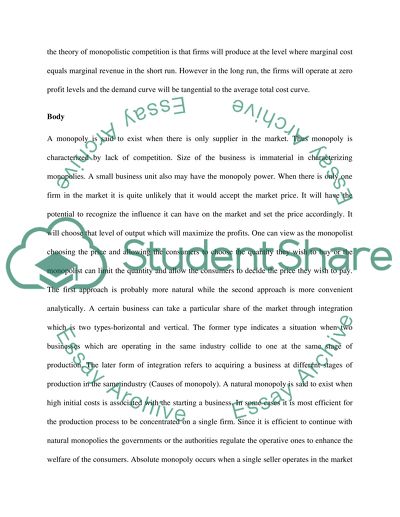Cite this document
(“Monopoly and Monopoly Power in Microeconomics Admission/Application Essay”, n.d.)
Retrieved from https://studentshare.org/macro-microeconomics/1447700-monopoly-and-monopoly-power-in-microeconomics
Retrieved from https://studentshare.org/macro-microeconomics/1447700-monopoly-and-monopoly-power-in-microeconomics
(Monopoly and Monopoly Power in Microeconomics Admission/Application Essay)
https://studentshare.org/macro-microeconomics/1447700-monopoly-and-monopoly-power-in-microeconomics.
https://studentshare.org/macro-microeconomics/1447700-monopoly-and-monopoly-power-in-microeconomics.
“Monopoly and Monopoly Power in Microeconomics Admission/Application Essay”, n.d. https://studentshare.org/macro-microeconomics/1447700-monopoly-and-monopoly-power-in-microeconomics.


